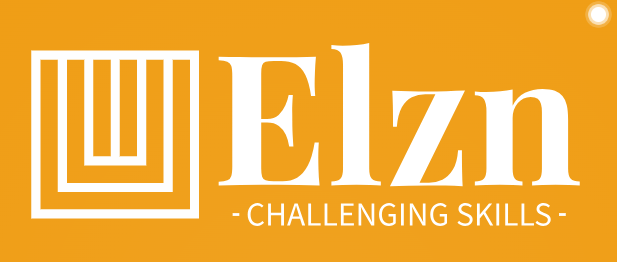Unlocking the grid and mastering crossword puzzle solutions is a cerebral adventure that transcends the boundaries of mere wordplay. For enthusiasts, solving a crossword puzzle is not just a pastime; it is an intellectual challenge that requires a unique set of skills and a deep appreciation for language. The grid, that blank canvas of intersecting words, becomes a playground for linguistic acrobatics and mental gymnastics. At first glance, a crossword might seem like a jumble of letters, black squares, and cryptic clues, but for those who embark on this linguistic journey, it is a captivating puzzle that demands patience, creativity, and a keen understanding of the nuances of language. To unlock the grid, one must first decode the often enigmatic clues that accompany each entry. These clues are cleverly crafted, blending wordplay, puns, and trivia, challenging solvers to think beyond the obvious. A simple definition can be a gateway to a realm of possibilities, requiring the solver to consider multiple meanings and interpretations.

The process involves unraveling the layers of meaning, dissecting words into their constituent parts, and discerning the subtlest linguistic cues. It is a mental tug-of-war where the cruciverbalist grapples with the puzzle creator’s wit, each move forward revealing not just a word but a victory over linguistic ambiguity. The mastery of crossword solutions requires more than just a vast vocabulary; it demands a strategic approach to filling the grid. Short, common words often serve as the puzzle’s foundation, acting as anchors around which longer, more intricate answers revolve. פתרון תשבצים learn to exploit patterns and letter combinations, leveraging their understanding of word structures to unlock seemingly impenetrable sections of the grid. The black squares, once perceived as obstacles, become allies in creating a symphony of intersecting words, fostering a harmonious balance between across and down entries.
Beyond the technicalities, פתרון תשחצים is a dance between logic and intuition. The solver must embrace the serendipity of language, allowing unexpected connections and insights to guide them through the grid. Each solved clue unveils not just a word but a revelation, a testament to the solver’s ability to navigate the intricate labyrinth of linguistic possibilities. It is a game of wit and wisdom, where the grid becomes a canvas for the solver’s intellectual prowess, a testament to their mastery over the art of words. In conclusion, unlocking the grid and mastering crossword puzzle solutions is a journey that transcends the sum of its black and white squares. It is a mental expedition where words become allies, clues transform into challenges, and the grid evolves into a testament to linguistic finesse. The cruciverbalist’s triumph lies not just in completing a puzzle but in unraveling the beauty of language, one clue at a time. A cryptic clue, on the other hand, transforms the puzzle into a linguistic riddle, demanding a deciphering prowess akin to solving a secret code.
